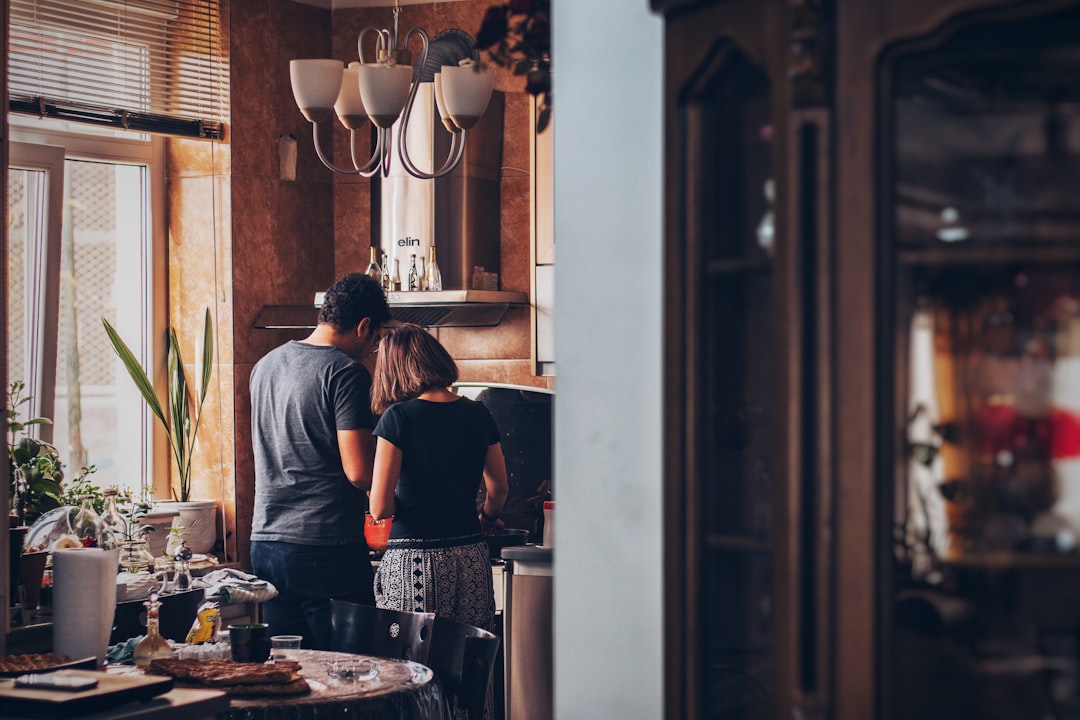A beginner’s guide to starting your composting journey with easy and budget-friendly solutions
Composting is one of the best ways to reduce waste, enrich your garden soil, and live a more sustainable lifestyle. If you're a home gardener looking to set up your first compost bin, you’re in the right place! Here’s a step-by-step guide to creating a simple and affordable composting system that fits your space and needs.
Why Compost?
Before diving into the setup, let’s talk about why composting is so beneficial:
-
Reduces landfill waste: Food and yard scraps make up a significant portion of household garbage. Composting keeps this waste out of landfills.
-
Enriches soil: Compost improves soil structure, fertility, and water retention.
-
Supports sustainability: It’s an eco-friendly way to recycle organic materials and reduce your carbon footprint.
Ready to get started? Let’s set up your first compost bin!
Step 1: Choose Your Composting System
There are several types of compost bins to choose from, depending on your available space, budget, and preferences.
1. DIY Compost Bin
-
What you need: A large plastic bin with a lid, a drill, and some basic tools.
-
How to make it: Drill small holes on the sides and bottom of the bin for ventilation and drainage. Add your organic waste, mix it regularly, and monitor moisture.
-
Cost: Very affordable—most of the materials can be upcycled.
-
Ideal for: Beginners and those with small spaces like balconies or patios.
2. Compost Pile
-
What you need: A designated area in your yard.
-
How to set it up: Simply start a pile of greens (food scraps) and browns (leaves, straw) in a corner of your garden. Turn it occasionally to speed up decomposition.
-
Cost: Free!
-
Ideal for: Those with larger yards and a casual approach to composting.
3. Tumbler Bin
-
What it is: A rotating compost bin that makes mixing and aeration easy.
-
How it works: Add your materials, turn the tumbler every few days, and watch your compost break down quickly.
-
Cost: Typically $50–$150, depending on the size and model.
-
Ideal for: Gardeners who want a quicker, low-maintenance composting process.
4. Worm Bin (Vermicomposting)
-
What it is: A small bin where worms help break down your organic waste.
-
How to set it up: Purchase or build a worm bin, add bedding material (like shredded paper), and introduce red worms. Feed them food scraps, avoiding citrus and meat.
-
Cost: $20–$100 for the bin and worms.
-
Ideal for: Indoor composting and gardeners who want to create nutrient-rich worm castings.
Step 2: Select the Right Location
Your compost bin should be placed in a spot that’s:
-
Convenient: Easy to access for adding scraps and turning the pile.
-
Well-drained: Avoid areas that collect water.
-
Partially shaded: Too much sun can dry out the pile, while too much shade can slow decomposition.
Step 3: Understand What to Compost
Not everything belongs in your compost bin. Here’s a quick guide:
Green Materials (Nitrogen-rich):
-
Fruit and vegetable scraps
-
Coffee grounds and tea bags
-
Fresh grass clippings
Brown Materials (Carbon-rich):
-
Dry leaves
-
Shredded paper and cardboard
-
Straw or hay
Avoid Adding:
-
Meat, dairy, and oily foods (attract pests)
-
Diseased plants or invasive weeds
-
Pet waste
Step 4: Layer and Maintain Your Compost
-
Start with a layer of browns: This provides good drainage and aeration.
-
Alternate greens and browns: Aim for 1 part greens to 2–3 parts browns.
-
Turn your pile: Mix the materials regularly to speed up decomposition and prevent odors.
-
Monitor moisture: The pile should feel like a damp sponge. Add water if it’s too dry or browns if it’s too wet.
Step 5: Harvest Your Compost
In 2–6 months (depending on your method), your compost will be ready to use. It should be dark, crumbly, and have an earthy smell. Use it to:
-
Enrich garden beds
-
Top-dress your lawn
-
Mix into potting soil for container plants
Affordable Composting Tips for Beginners
-
Use kitchen scraps wisely: Keep a small container in your kitchen to collect food waste.
-
Repurpose materials: Upcycle old bins, crates, or even wooden pallets to create a composting system.
-
Be patient: Composting takes time, but it’s worth the wait.
Conclusion
Starting your first compost bin doesn’t have to be expensive or complicated. With these simple and affordable options, you can turn your organic waste into a powerful resource for your garden. Not only will you reduce waste, but you’ll also create a more sustainable and productive home gardening system.
What are you waiting for? Get started on your composting journey today and watch your garden thrive!
Do you have a favorite composting tip or success story? Share it in the comments below!

Comments
No comments yet. Be the first to comment!
You must be logged in to comment. Login